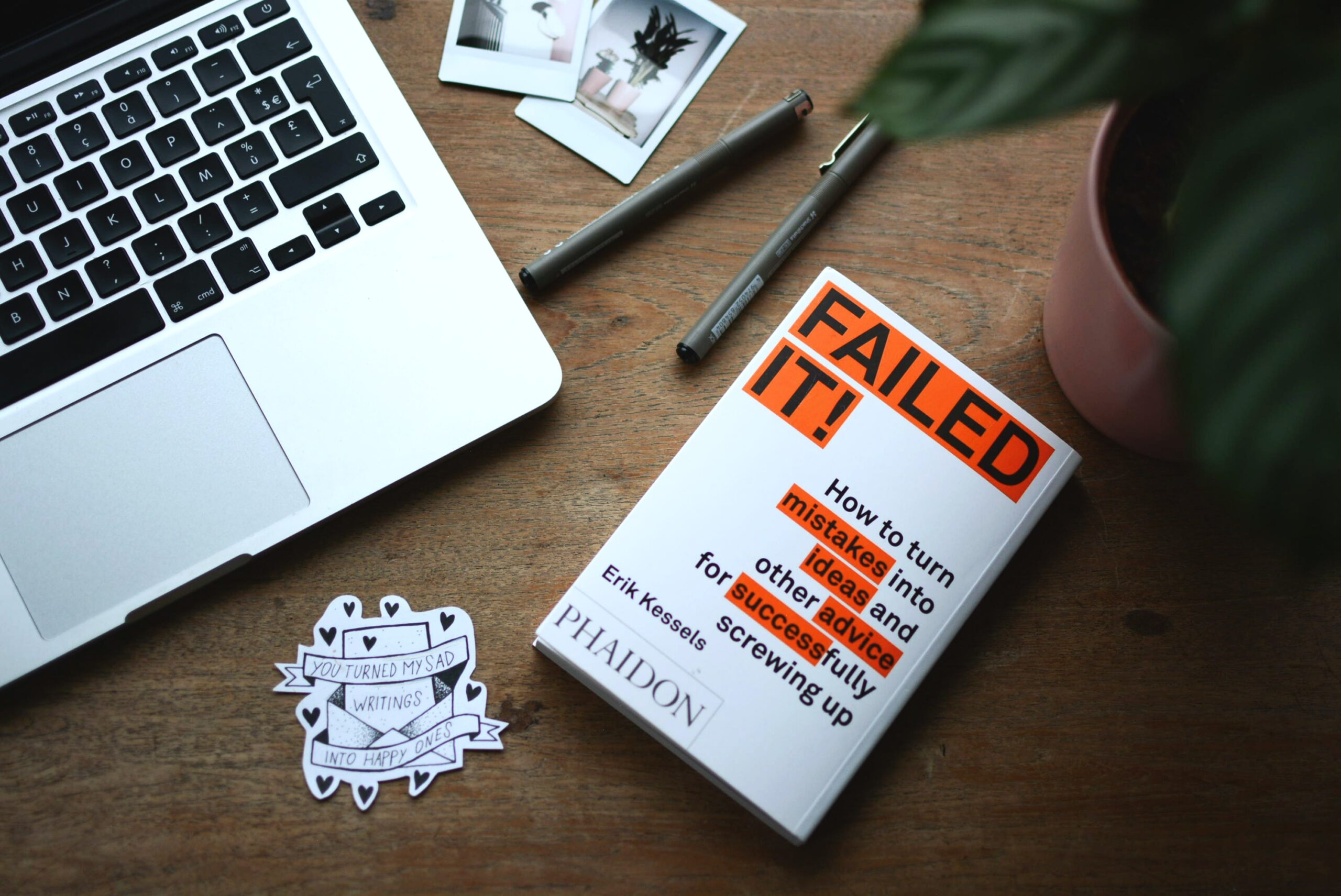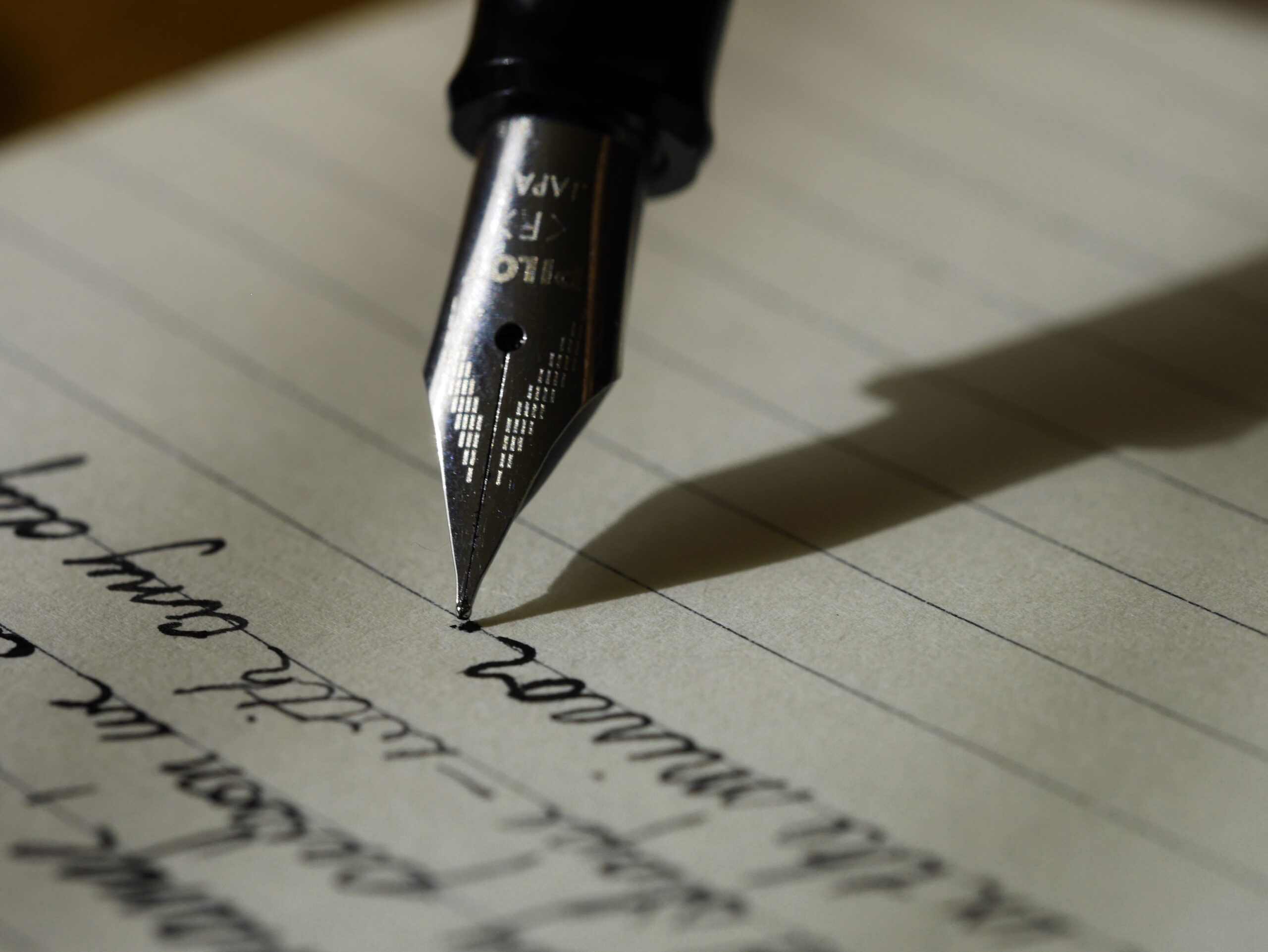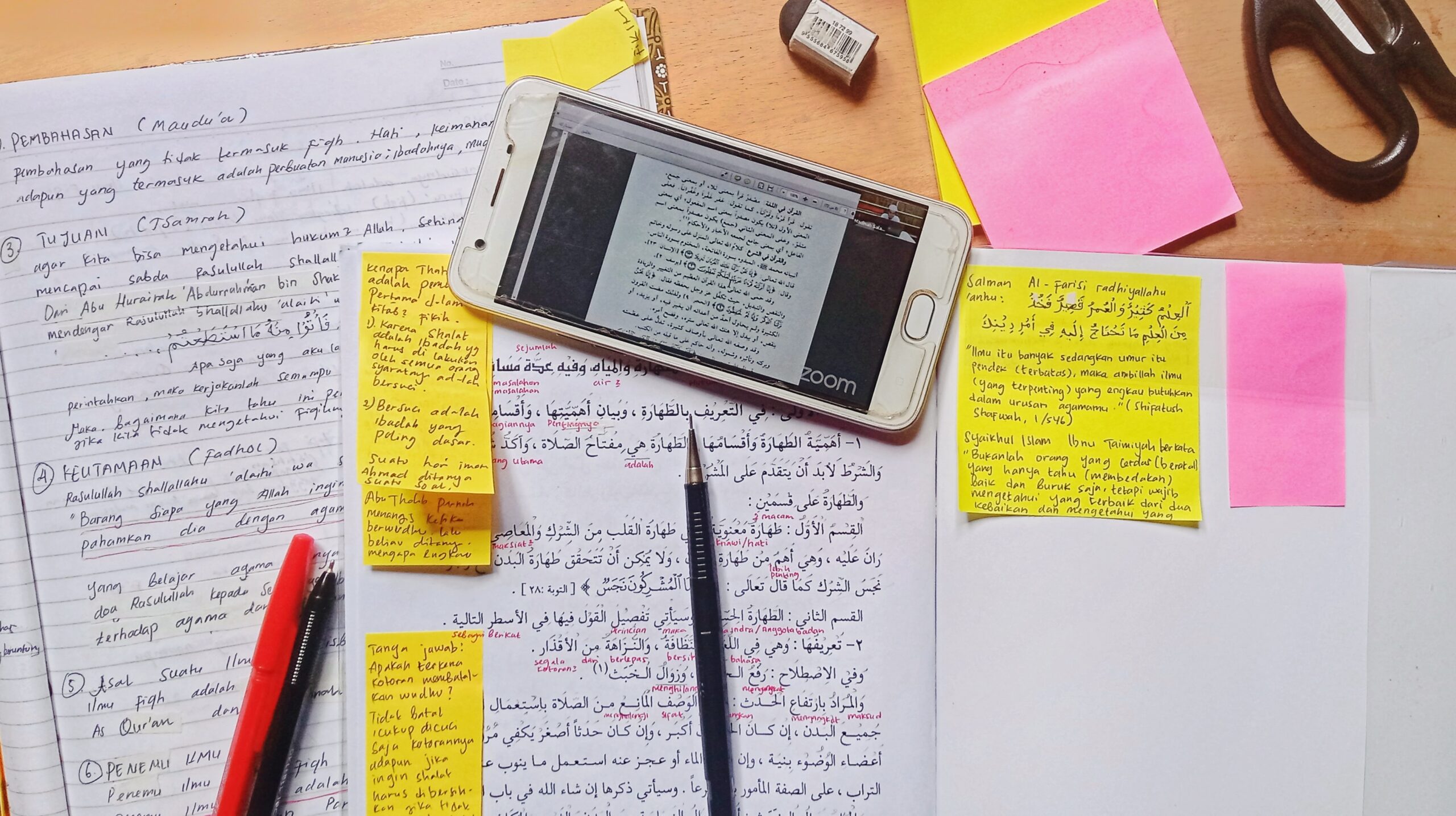Congratulations on completing your first draft! I hope you have spent time away from your project. Now, it’s time to come back to it with fresh new eyes.
Below, I will discuss important steps in the editing process. One book that you should get is Intuitive Editing. In her book, Tiffany Yates Martin lists in detail how to edit your draft. Some of her tips will be discussed below.

Re-Reading Your Work
Do not be afraid to read what you wrote. As stated in my previous blog, your first draft will not be perfect. That is what editing is for!
Consider how you want to read your first draft. When I read the first draft of a project of mine, I exported it as an ebook file to read it like a book. That way, it feels like I have published it, kind of like a sense of accomplishment. You can also print out your draft and read it.
I recommend you read the entire draft before making any edits. Coming back from a first draft can be challenging, and you may want to soak in what you wrote. If you really need to take notes, you can still jot them down.

Macro Editing
When macro editing, it’s all about examining the big picture. In this step, what needs editing is your characters, stakes, and plot. This is the meat of your story, and it’s critical you edit these areas first.
Characters. It’s important to note that characters drive your story forward, and you must keep them sharp. If not, your story will appear flat. Examine how shaped each character is, especially your protagonist. How specific, rich, and transparent are they? Create a character summary if you need to go back to the drawing board. Look at your character’s personality, internal/external conflict, physical characteristics, and goals/wants.
Here are other questions to consider:
-
Are your characters consistent with your story?
- How multifaceted are they?
- Do they change throughout your story?
Stakes. Your characters must want something desperate enough, regardless of the circumstances. Stakes give the reader a reason to care for your characters. They move the story forward.
Here are some tips to consider:
- Each character must have a goal, whether internal or external.
- Consider the characters’ uncertainties, and find a way to weave them through your story. This heightens a character’s stakes.
- Keep each character relatable to the reader.
- Urgency is key.
Plot. The plot connects the dots to the next ideas throughout your story. Keep in mind that the plot is not action-based or it’s your story. Be careful not to make your plot too convoluted. You do not want to lose the reader’s interest.
Here are some tips to consider:
-
If you are a pantser, then consider creating an outline. It doesn’t have to be long, but brief.
- List what happens in your outline. Where does your story take the reader? How clear is the path?
- Make sure the beginning, middle, and end of your story are clear for a reader to understand.
- Decide if your plot moves the story forward. If it doesn’t, either edit it or remove it to a section where you might use it for later.

Micro Editing
Once you have the macro edits ironed out, now it’s time to look at the critical areas.
Suspense and Tension. Suspense is uncertainty, and tension is conflict. There must be enough of both to keep the reader turning the pages. The reader must stay engaged and ask questions throughout your story.
Here are additional tips to consider:
- Having unanswered questions, unresolved issues, and breadcrumbs are great ways to introduce uncertainty.
- Don’t let instant gratification be the reason for your reader to put the book down. Keep them guessing and turning the pages.
- Tension can be internal or external. Decide which one will suit you best.
- Stakes are powerful when they go hand in hand with tension. Make sure the stakes are high.
- Creating tension at the end is just as important as creating it at the beginning.
Point of View (POV). Make sure your POV is straightforward, whether it’s first, second, or third person.
Here are some things to consider:
- Make sure you are consistent throughout your story. If you decide to write first person at the beginning, be consistent until the end.
Showing and Telling. Many writers prefer to show rather than tell. However, there should be a balance. Show when you are describing something and tell when you need to get to a point.
Here are some things to consider:
- Look at your descriptive words (e.g. adjectives and adverbs). This will show you where the action is taking place.
-
Showing works well when you let readers inside the character’s head (e.g. characters’ inner struggles/experiences)
-
Telling is useful when explaining a character’s backstory. Setting up a scene and connecting one scene to the next are also useful.
Structure. This serves as a function of your story in its entirety. It is also a road map for your character.
Here are some things to consider:
- A great story isn’t a simple line. It has curves, up and down. That’s why having conflict is important throughout your story.
- The structure is not similar to the plot. It involves a combination of character and plot.
Momentum and Pace. Momentum is the function of your story, and the pace is the function of your scene. Both are important.
Here are some things to consider:
- Keep your characters active, not passive.
- If you have several subplots, be sure to fill in the gaps and connect the dots.
- Tension and suspense will play a major role in momentum. Be sure to use it.
- Make sure the pace is tied to your genre, action, and mood.
- Longer and more complex sentences will suit the pace. Single syllables indicate a faster pace and multisyllabic a slow pace.
Voice. It takes time to develop your voice. Don’t mimic others’ voices as it is not your own.
Here are some things to consider:
- Read favorite authors and examine their styles. This will give you insight into finding your voice.
- Examine the language you are using.
- Find the themes.
- Show your personality.

Line Edits
Focusing on the technical areas is the last area in editing you should focus on. This area should be your 4th-5th draft in the editing process. At this stage, you are polishing your draft.
Here are some things to consider:
- Be sure to look at your prose. Anatomy of Prose written by Sacha Black gives an in-depth analysis of prose writing. If you want to strengthen your prose, this book should be on your list.
- Pay attention to your dialogue.
-
Watch for passive voice. Write in active voice, although there are times that you should write in passive voice.
-
Be careful of redundancy. We all do it, especially in our first drafts.
You may wonder how many drafts you should complete before the final draft. It all depends on your project goals. Make sure you are not rushing the process.

Getting Feedback
Consider where to get feedback for your final draft. It is not enough to self-edit it yourself and publish it. Another set of eyes will need to review your work for accuracy.
I highly recommend you invest in a writing software called Pro Writing Aid. They have several subscriptions and a lifetime membership.
You can also use other writing editing software such as Hemingway and Grammarly. Use whatever software you choose and run your draft through it before sending it out. That way, you catch errors and correct them before someone else reads them.
Once you complete this step, reach out to beta readers on social media. These are ordinary readers that will critique your work. It is best to copyright your work before you send it out for protection. Facebook groups and certain subs on Reddit are the best places to find a beta reader. You can also find beta readers at a writing workshop and find a critique partner.
Have at least 2-4 beta readers review your work. You don’t have to take their advice. If you find that each beta reader points out the same issue, you should consider revising that area in your work.
After beta readers review your draft and you make the necessary edits, send it to an editor. Websites like Reedsy and Upwork will have highly qualified editors. Be sure to review their background and experience. Some may decline your work due to their busy schedules or fit. I recommend choosing at least 3 editors, but it’s up to your own budget.

Where and how should you publish?
Are you willing to wait at least 1-2 years to get into a publishing house? Or, do you want to self-publish several books on your own within the next 5 years? Every writer is different, and it all depends on your own goals. Write what you want in your writing career and stick to them.

The editing process is vital to getting your final draft completed for publishing. Having others read your work will provide insight and direction to completing your final draft.
Thank you for reading, and stay tuned for upcoming blogs. If you have questions or concerns, please state them below. I would love to hear some of your stories about your editing process.
Happy editing!
Samantha T. White is a fiction writer with a B.A. and M.A. in Psychology. She is an account specialist during the day and a writer at night. She enjoys reading, exercising, and playing her guitar. You can follow her on Twitter, IG, and Facebook.


Be First to Comment